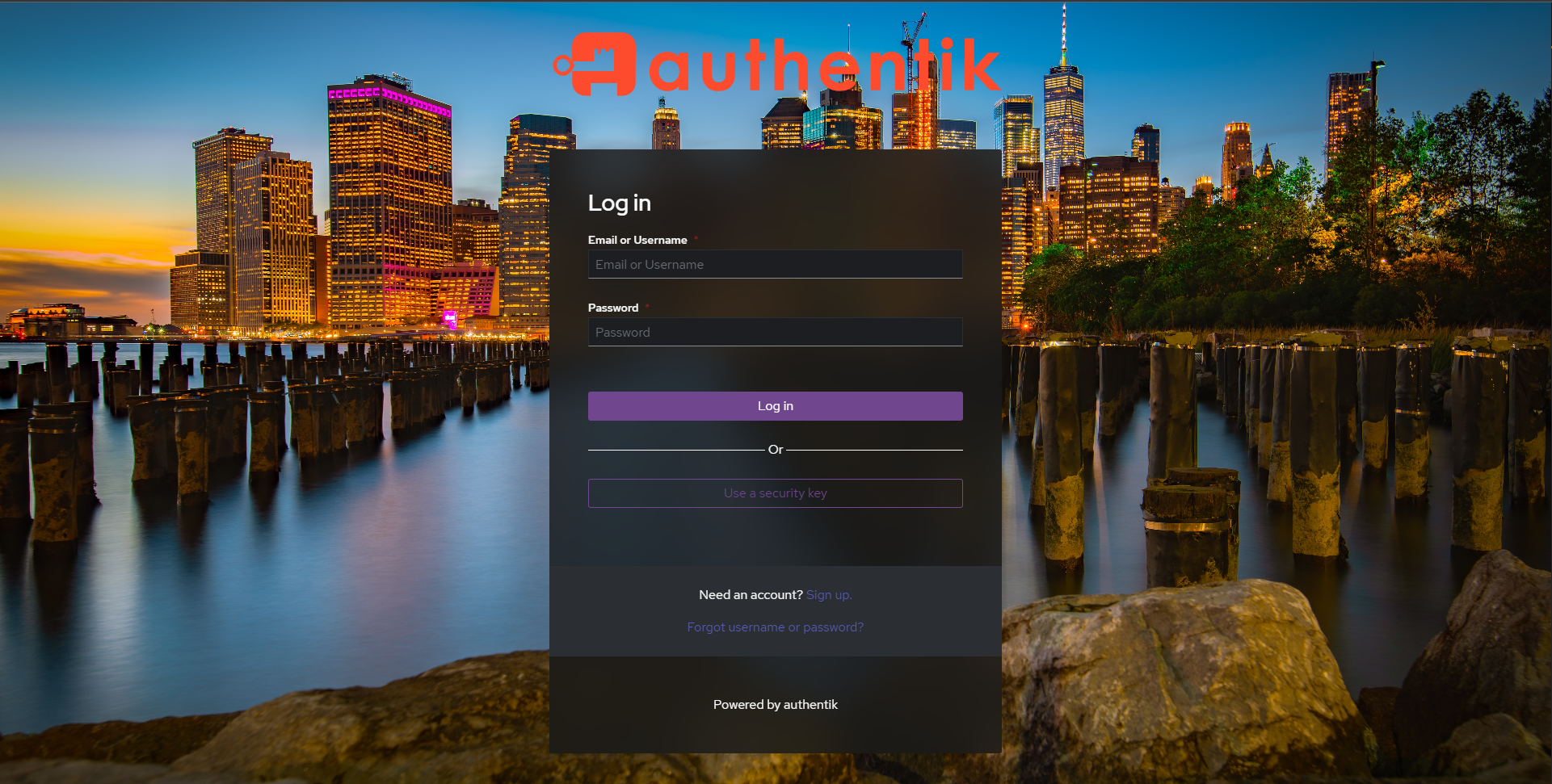As a developer with 3 years of professional experience in React and 3 in Angular, I’ve spent plenty of time with both frameworks. These days, I reach for React in personal projects — it’s lightweight, flexible, and fun to experiment with.
But when I’m building enterprise-scale applications, Angular consistently proves its value. And honestly, I think it deserves more credit than it gets.
Here’s why Angular still makes sense — especially in the world of large, long-term projects.
🧰 A Complete Toolbox Out of the Gate
React gives you the view layer, and then you’re on your own to choose routing, state management, form handling, etc. That’s great when you’re exploring or customizing every part of the stack.
Angular, on the other hand, ships with everything you need:
- Powerful CLI for generating consistent code.
- Routing, forms, and HTTP client are baked in.
- A rock-solid dependency injection system.
- First-class support for RxJS and reactive programming.
With Angular, teams don’t waste time debating what packages to use. You just build.
🏗️ Built for Scale and Team Collaboration
One thing I’ve learned from enterprise projects: structure matters.
Angular enforces architectural patterns — modules, services, components — that keep your codebase organized even as it grows to thousands of files.
This structure pays off when:
- Teams grow or shift.
- New developers need to ramp up quickly.
- You need to refactor large features without breaking everything.
React gives you more freedom, but Angular gives you safety — and in a big codebase, that’s gold.
🔐 TypeScript: Not Just Supported — Expected
I love TypeScript in React and use it in my own projects. But Angular takes it further — it’s built around TypeScript from day one.
That means:
- More reliable tooling.
- Better type inference and error detection.
- Cleaner interfaces for services and components.
For enterprise devs working with complex data and business rules, strong typing isn’t a luxury — it’s a necessity.
👥 Angular’s Community Is Smaller — and That’s Fine
React has a huge, fast-moving community. It’s exciting, but it can also be overwhelming with all the new trends, tools, and patterns emerging constantly.
Angular’s community is smaller and quieter, but it’s mature, stable, and deeply focused. The docs are solid. Best practices are well-defined. You don’t have to relearn everything every year.
That level of stability is exactly what large teams need.
🏢 Enterprises Want Predictability
Angular is backed by Google and used by companies that value consistency, security, and long-term support. The framework evolves steadily without major rewrites, and that’s a big win in enterprise settings where apps are expected to last for years.
While the ecosystem might not move as fast, it moves carefully, and that makes it a solid foundation for mission-critical software.
🎯 Final Thoughts
I enjoy building with React — it’s fast, flexible, and perfect for trying out new ideas. But when the stakes are higher — when I’m working on complex applications with real business logic and long-term goals — Angular just makes sense.
It gives you structure. It scales well with teams. It makes maintenance less painful. And it helps you build with confidence.
So yeah, Angular isn’t dead. It’s just mature — and that’s not a bad thing at all.




Post Comment